TAKE THE MYSTERY OUT OF WILD EDIBLES BEFORE IT’S A MATTER OF SURVIVAL
Wild edibles are all around us, especially in the springtime. You could barely walk a few feet from your front door without tripping over some. Perhaps it can be overwhelming at first, but foraging is highly addictive—and fun. Here are some suggestions on a few wild edibles to help you to get started:
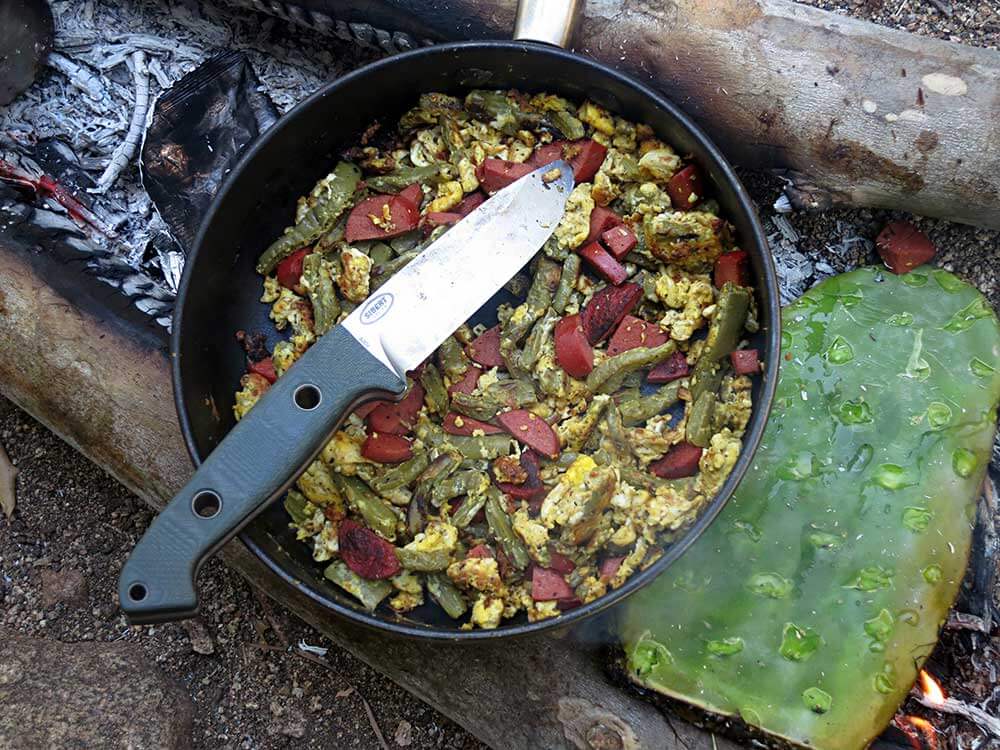
YUCCA
Growing up in the Southwest, it was hard to ignore the inviting bright whitish-yellow flowers at the tops of yucca plant stalks. What most people don’t realize is how tasty these little gems are. These wild edibles flowers themselves must be picked at precisely the right time for optimal flavor.
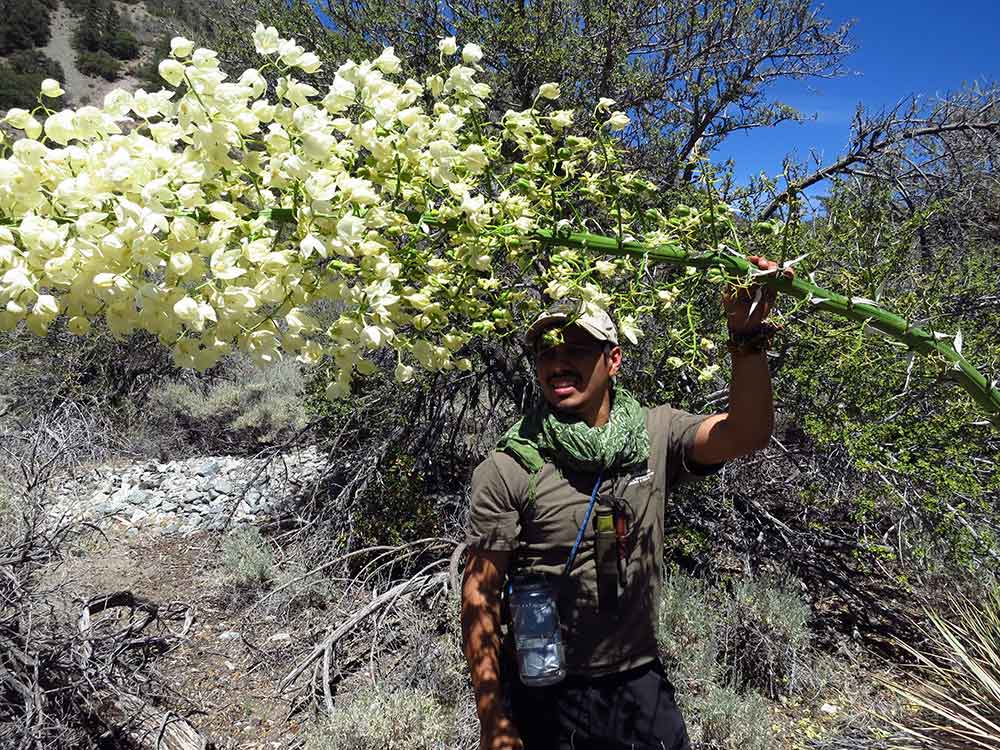
Taste is very subjective, but I feel the petals taste like a starchy potato, while the green inside tastes like a pistachio nut. These wild edibles can be harvested in late spring and early summer. Eating straight off the stalks, roasting, or sauteing them works equally well. Just about all of the yucca plant can be used as food (stems, leaf bases, flowers, emerging stalks). The fruit of most types of yucca are edible as well.
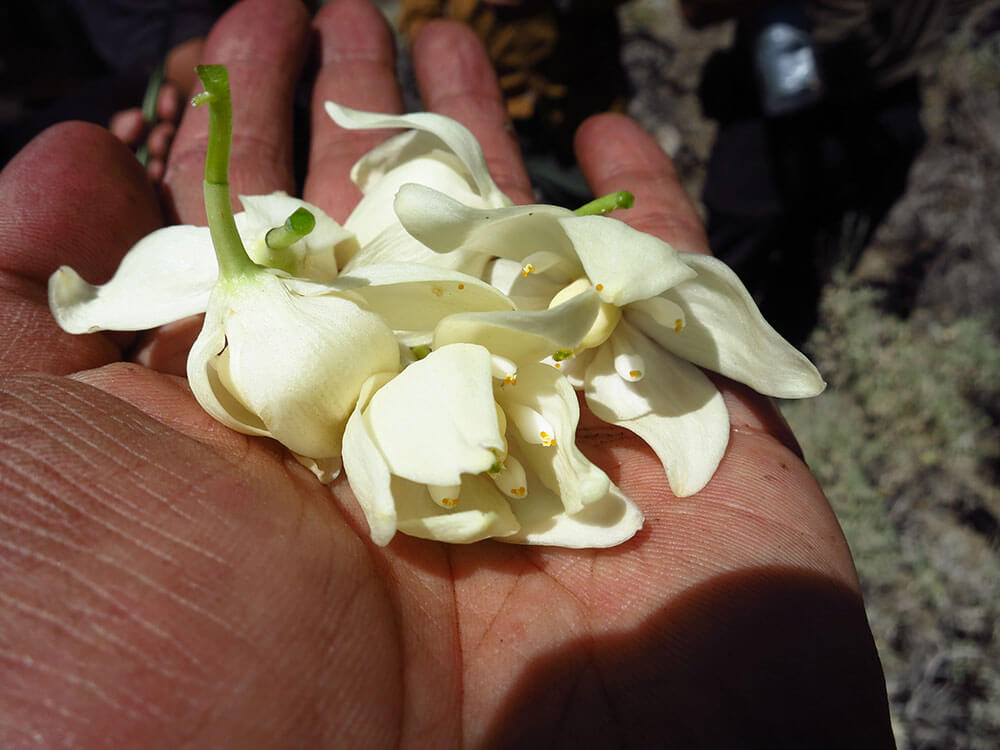
Flower stalks need to be removed from the plant well before they bloom, or they become fibrous and tasteless. When newly emerged, they can be eaten raw while still tender and resembling large asparagus stalks.
CORDAGE TOO
Locating a yucca not only gets you a snack, but the tough leaves (as a fiber source) have also been used for weaving, mats, and cordage. Additionally, the leaves can be pounded into soap. Archeological sites have yielded traps, snares, and baskets made from yucca components.
“Just about all of the yucca plant can be used as food…”
Yucca is one of the most versatile and useful wild edibles found in the South. The yucca blossom is an annual food source that is both beautiful and a tasty treat to those who are more culinarily adventurous and can be a lifesaver if need be in survival situations.
BEAVERTAIL CACTUS (OPUNTIA BASILARIS)
Who in his right mind would think of putting something sharp and spiny in his mouth? That being said, the pads and fruits are an essential source of vitamins A and C. As menacing as the cactus looks and feels, there is a nice reward waiting beyond the spines.
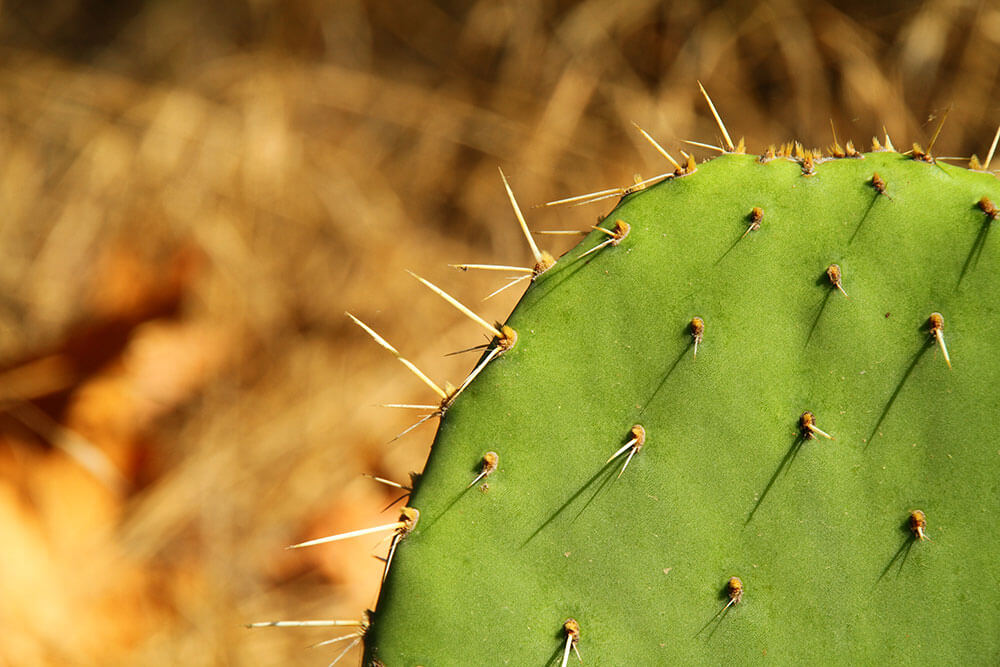
The best time for harvesting the pads (nopales) is late spring to early summer. During this time, take only the young green pads about 5-7 inches long. Dig out the spines and rinse. Cut them into strips and boil for about 15-20 min and strain. At this point, they will be ready to eat or mix with eggs and sausage. Be prepared for lemony flavored green beans. The pads can also be roasted directly on hot coals.
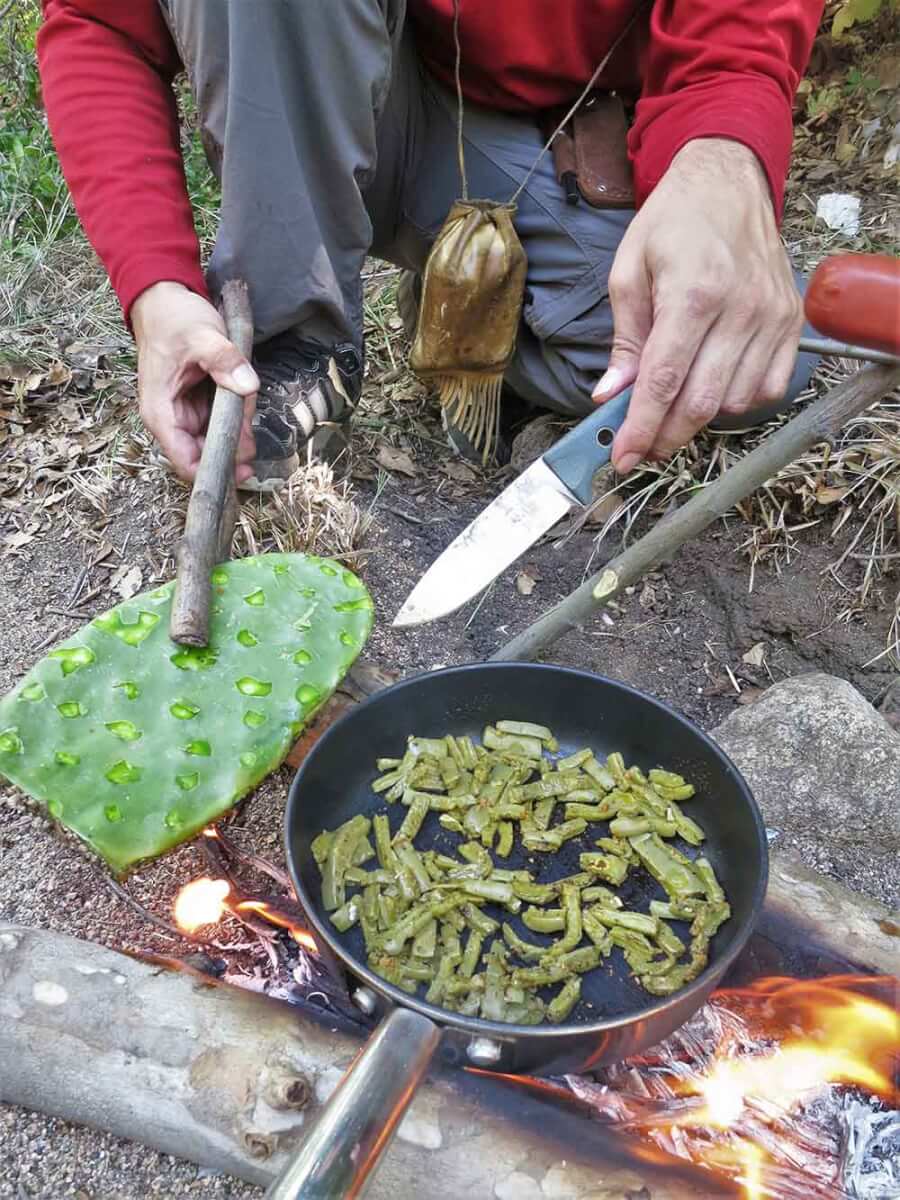
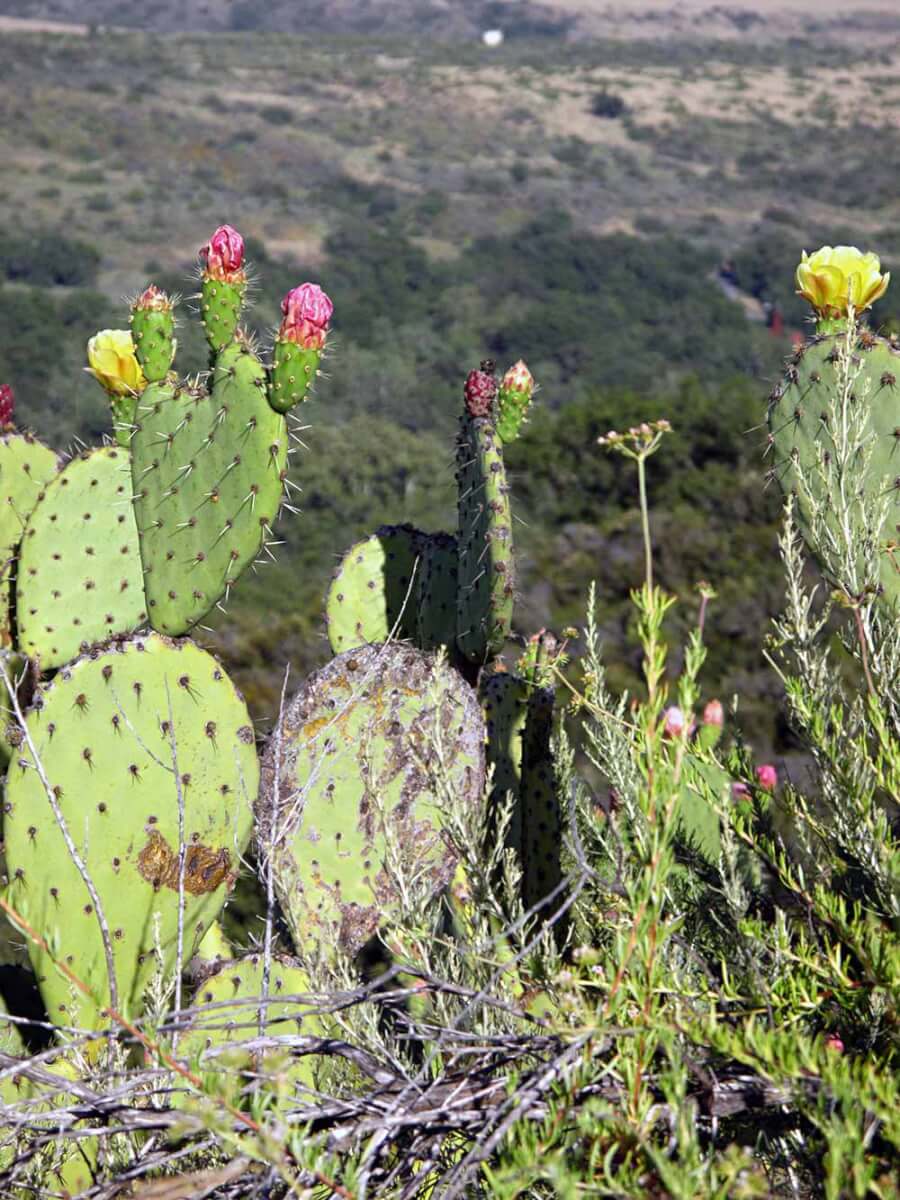
It occurs mainly in the Mojave, Anza-Borrego, Colorado Deserts, Colorado Plateau, and Northwest Mexico.
FUNGI
More care needs to go into identifying fungi, so let this serve as a start, but remember to get three different sources of confirmation (experienced person, spore print, reference materials) before trying these.
CHICKEN OF THE WOODS
Bright as can be and hard to miss in the summer through autumn is laetiporus sulphureus. Sometimes they persist through the winter and can continue fruiting during the following year. The most distinguishing features of chicken of the woods are fan-shaped, irregular, smooth to finely wrinkled with suede-like textured pads.
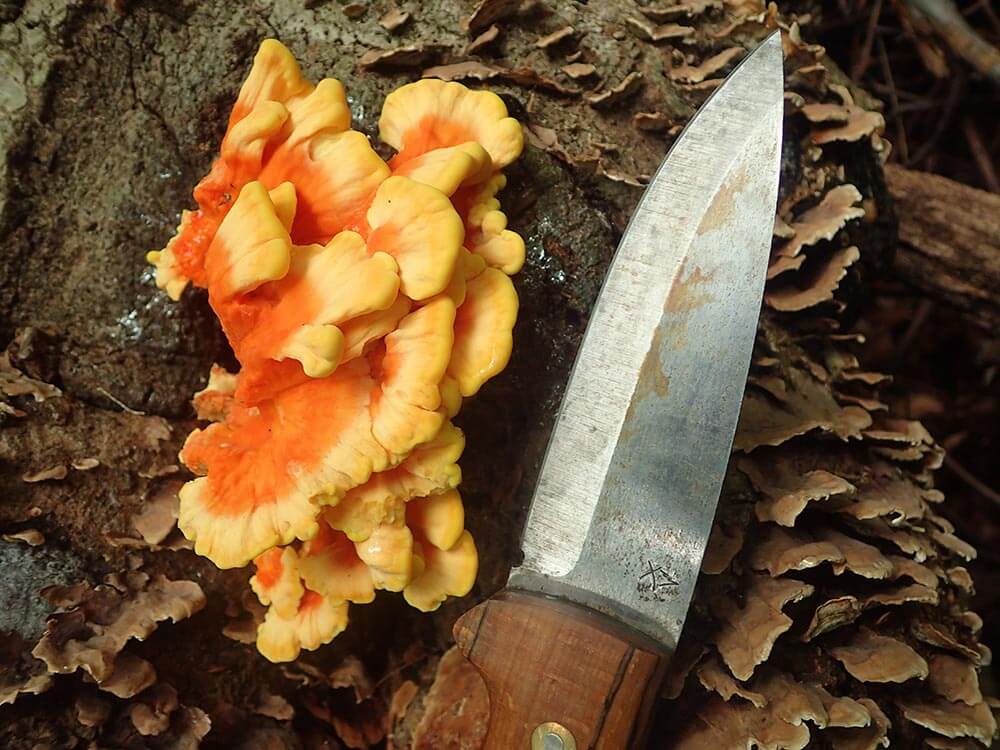
Fruitbodies are bracket-form, broadly attached with yellow, round pores. The cap measures from 2 to 12-inches across and up to 8-inches deep. They can get up to 1-inch thick. It is a bright yellow to bright orange when young (sometimes it can develop a reddish tinge), and it often fades when mature. The flesh is soft, thick, and very watery when young. It becomes tough, eventually crumbling away. This fungi does not have a stem.
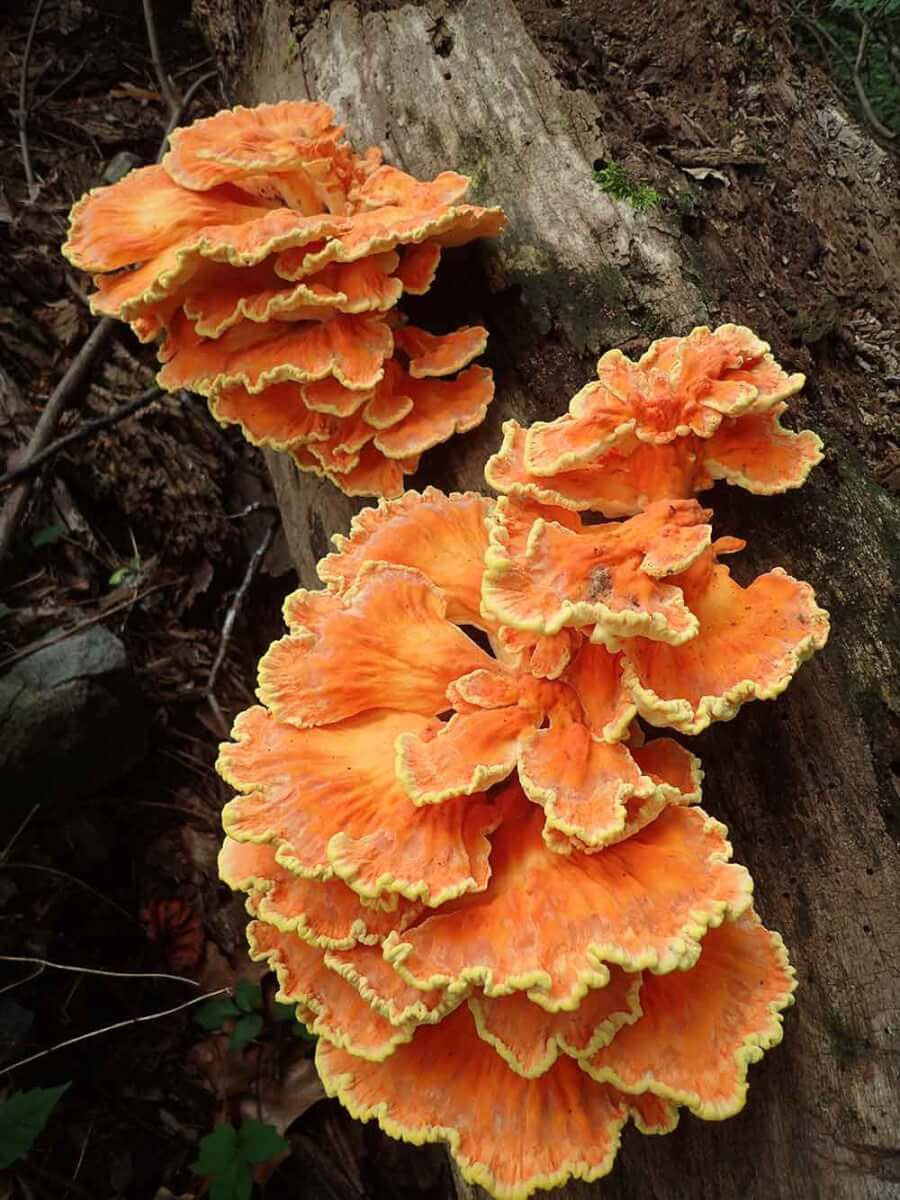
Chicken of the woods grows on or at the base of dead or dying hardwood trees, most commonly on oak and cherry. It can also be found on dead stumps of conifer trees. Chicken of the woods has been known to fruit on living trees. These bracket fungi are found throughout Canada, the U.S., Europe, and parts of Asia.
The spore print is white, but it isn’t easy to obtain as the caps aren’t distinct. There are no gills underneath the brackets. The pores are light yellow and sometimes can be white.
MORELS
If you were to try buying them in a store, possibly the best-tasting mushrooms and definitely the most expensive are morels. Quite possibly the most elusive of all fungi, morels blend all too well.
There are yellow morels (morchella esculentoides)—the common morel—and black morels (morchella angusticeps). The cap color varies from pale cream to ochre to yellowish-brown, sometimes slightly darkening with age. The ribs along the ridges between pits are usually somewhat paler than the interior of the pits. Caps are tightly attached to the stem.
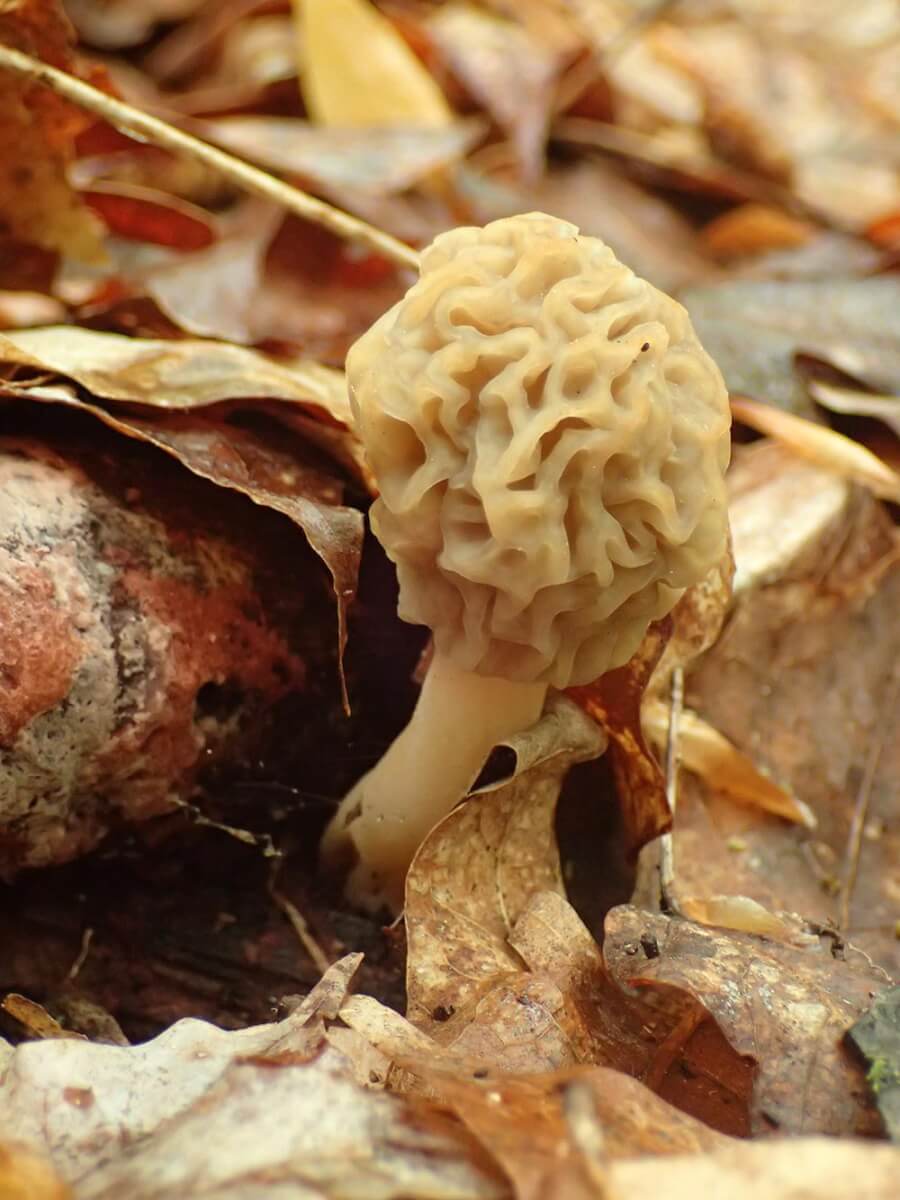
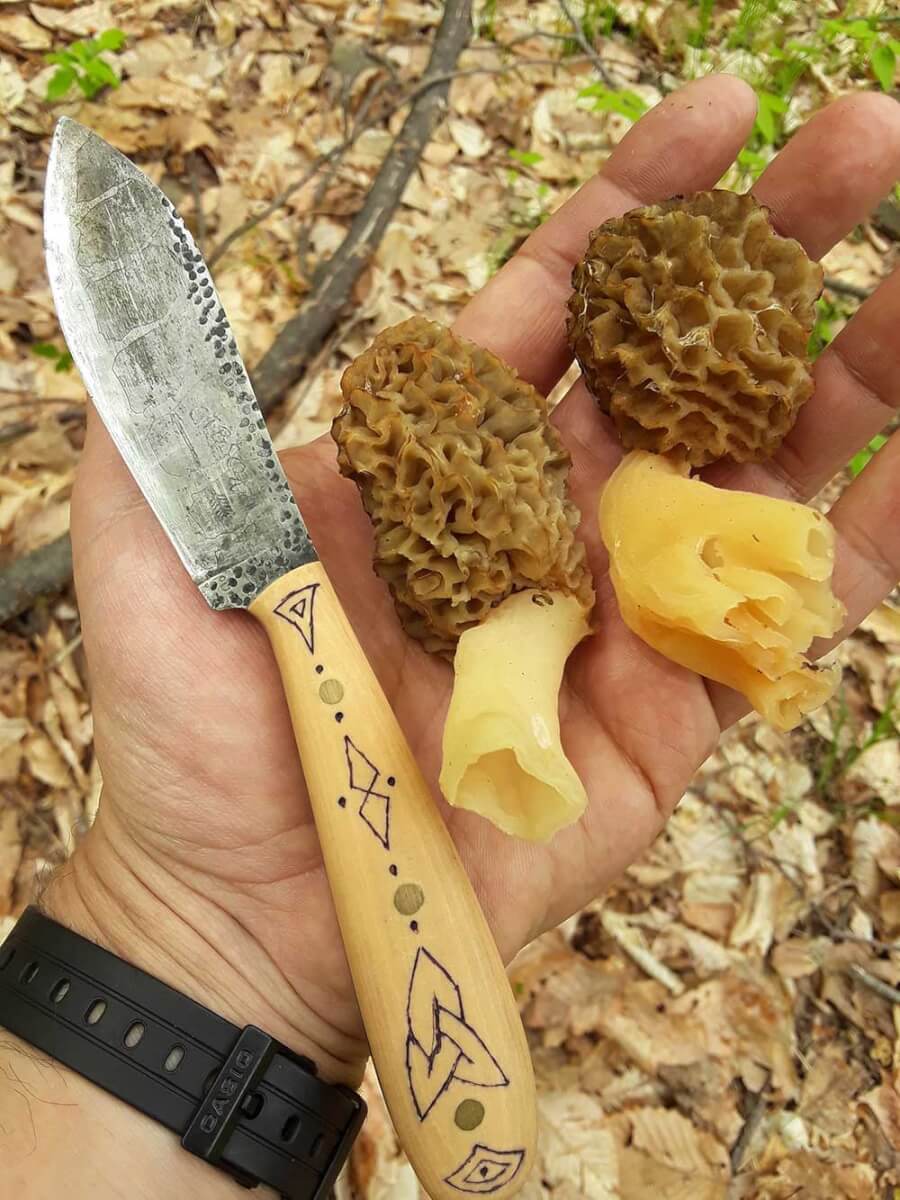
Cut lengthwise, it will be hollow from the bottom of the stem to the top of the cap. It has a rubber mold look to it. The cap is longer than the stem. Most caps are rounded with denser ridges, yet some may have a more pointed cap appearance.
Yellow Morels have a distinctive honeycomb-like upper portion with a network of ridges and pits, giving it a sponge-like appearance. The base is white or sandy-colored, sometimes marked with brown blotches near the bottom; the flesh is tough and hollow. Their height can vary due to growing conditions and at what stage of growth they are at when you find them. Typically they grow to about 5 inches.
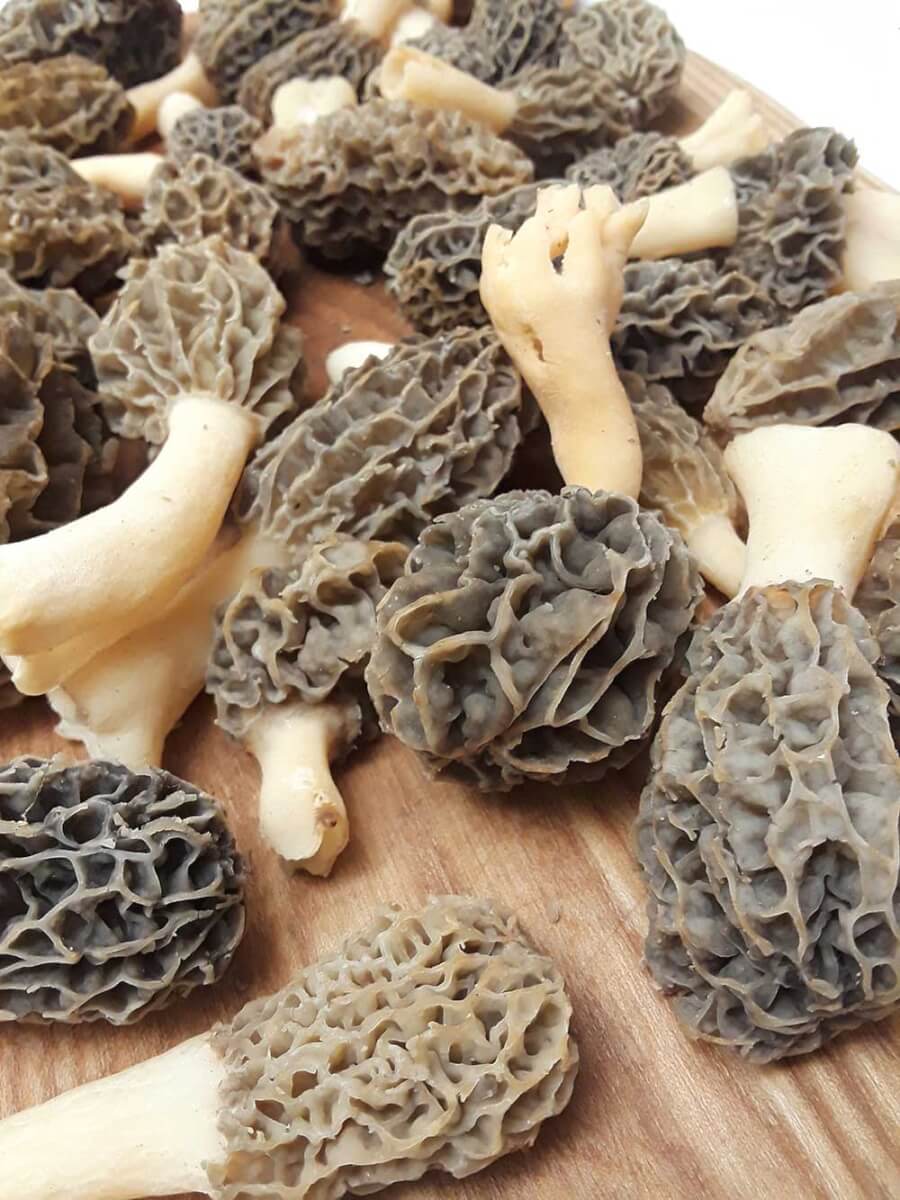
Morels can be found all over the Northern Hemisphere, especially in North America. They grow in Asia, Europe and are seen as far south as Central America. Morels are most commonly found in forested areas around elm, poplar, and ash trees. Still, they can also be found in other regions, especially in sandy woodlands. They tend to grow under objects such as decomposing leaves because of the dampness.
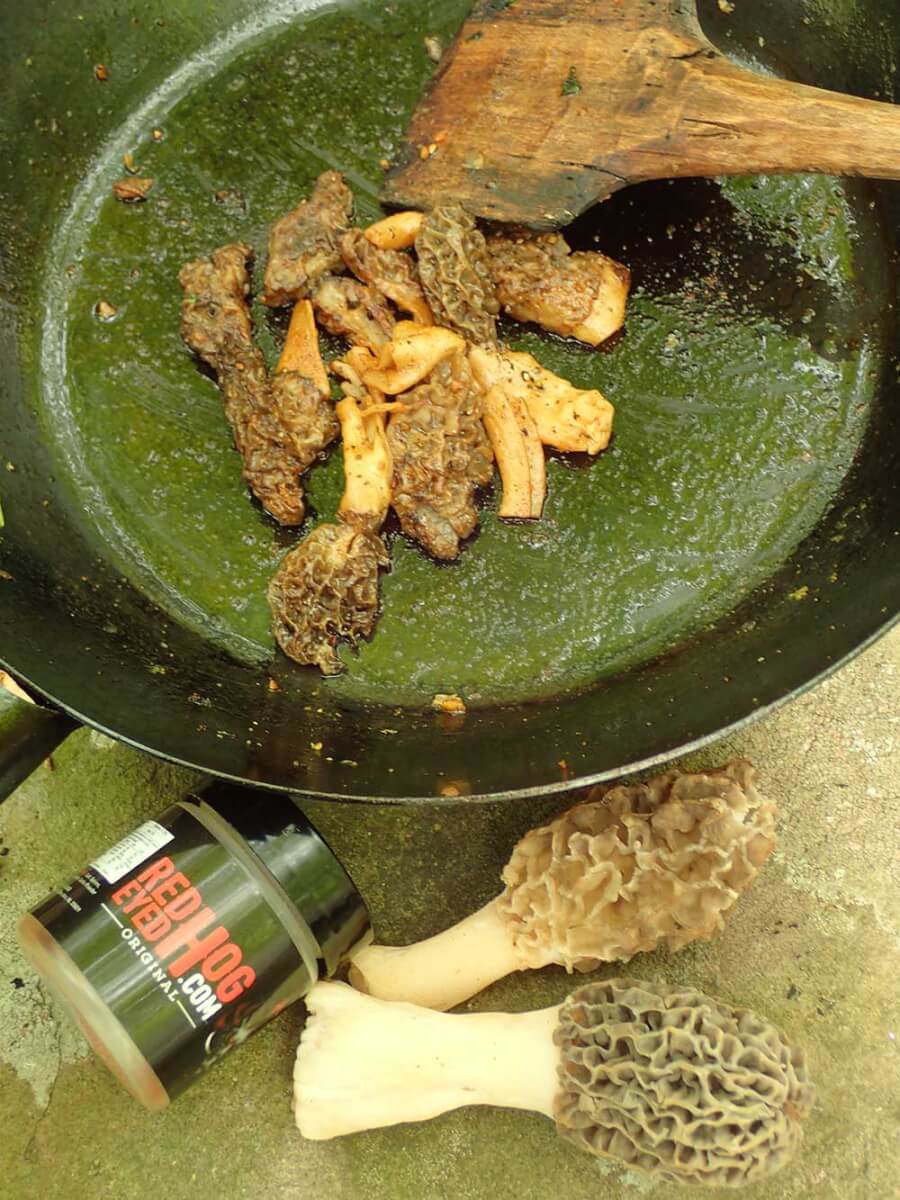

Their spore print is creamy white or pale ochre. Black Morels generally appear two weeks before the yellow morels. In warmer climates, morels can appear as early as March and in colder climates grow until June.
IMPORTANT: There are false morels that are NOT wild edibles – those caps are wrinkled, not pitted, and the cap hangs freely over the stem. There are recorded deaths from people eating false morels.
BERRIES
On the subject of berries, blueberries (Vaccinium genes) and salmonberries (Rubus spectabilis) are plentiful around the later days of July. Black Velvet Gooseberries (Ribes) are good but not as common.
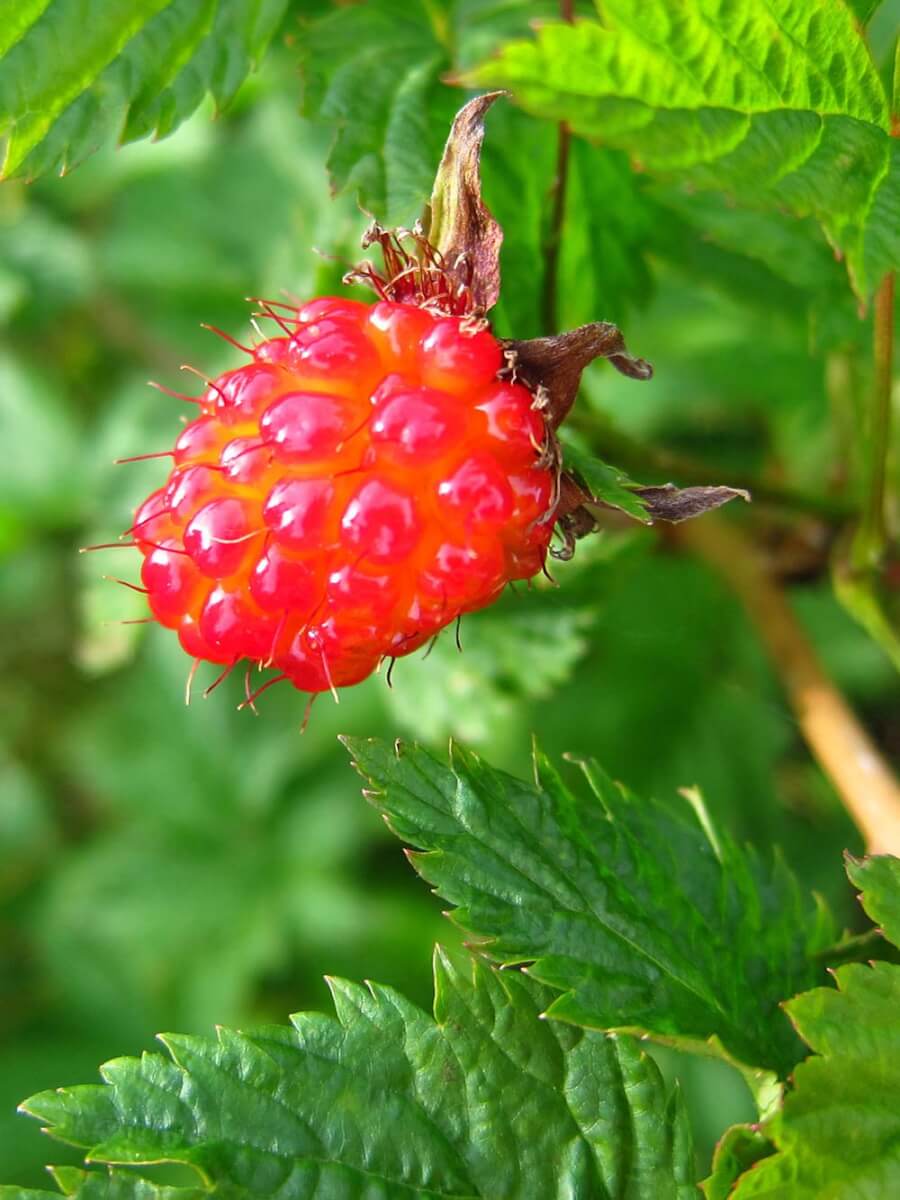
Salmonberries are often found on the sides of trails, roads, walkways, moist coastal forests, streamsides, bogs, and shorelines. They form large thickets in open areas and thrive in open spaces. The berry resembles a large, shiny yellow to orange-red blackberry, easy to identify by its flower with five pinkish-purple petals. Even when not completely ripe, they taste good.
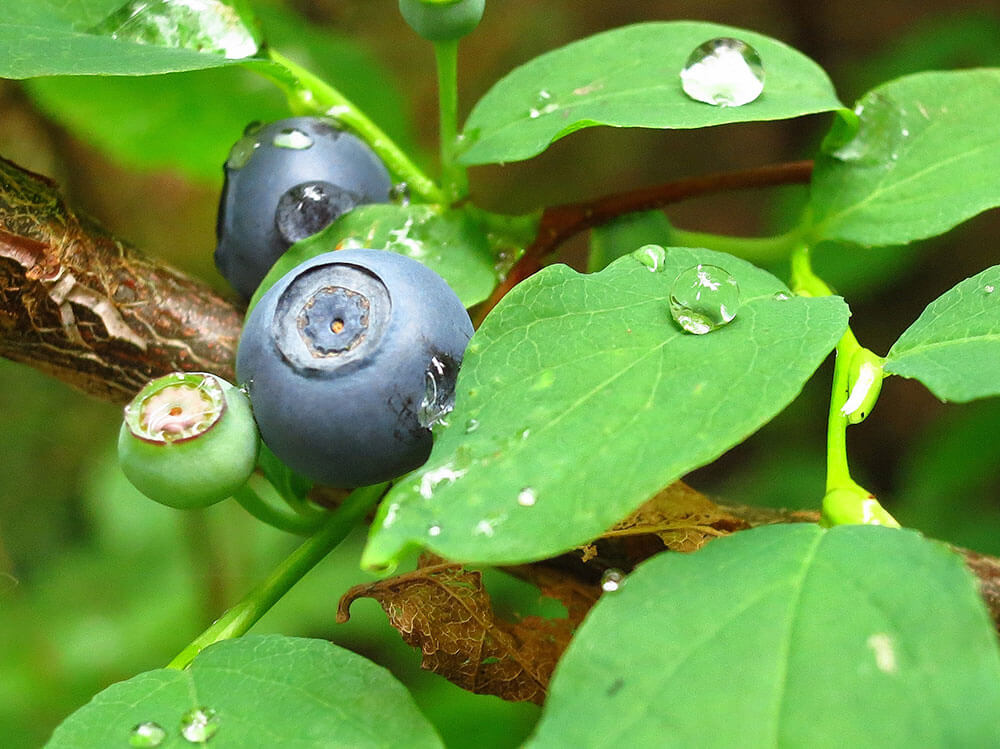
Blueberries are low-growing shrubs that grow in the tundra, open woods, old burn areas, above timberline, and low-lying bogs. The Northern Forest berry picking season is anywhere from July to late September. Salmon and blueberries are safe and easy to identify, in my opinion. A few more berries to mention are black velvet gooseberries, cloudberries, bunchberries, currant, and wild raspberries. However, the fore-mentioned are just more plentiful and easier to identify.
SAFE FORAGING
Knowing every little edible out there is a lifelong study. Sticking to the more desirable, less risky things, with very few to no poisonous lookalikes, is not only safer but easier to find what you want. Happy hunting!
RECIPE: CHICKEN NUGGETS OF THE WOODS
Perhaps the most appealing way to cook chicken of the woods is to fry it and make nuggets. I remember roaming the night markets in Taiwan and seeing many stalls offering chicken nuggets with a special seasoning that had people drawn back to them like a zombie in a trance—wanting more. Their double-fry technique made them so good, which resulted in a crispier, less greasy nugget. Also, chicken thigh was used, as it is tastier and more forgiving. The seasoning was made from chili powder (not Mexican), salt, white pepper, cinnamon, and msg.
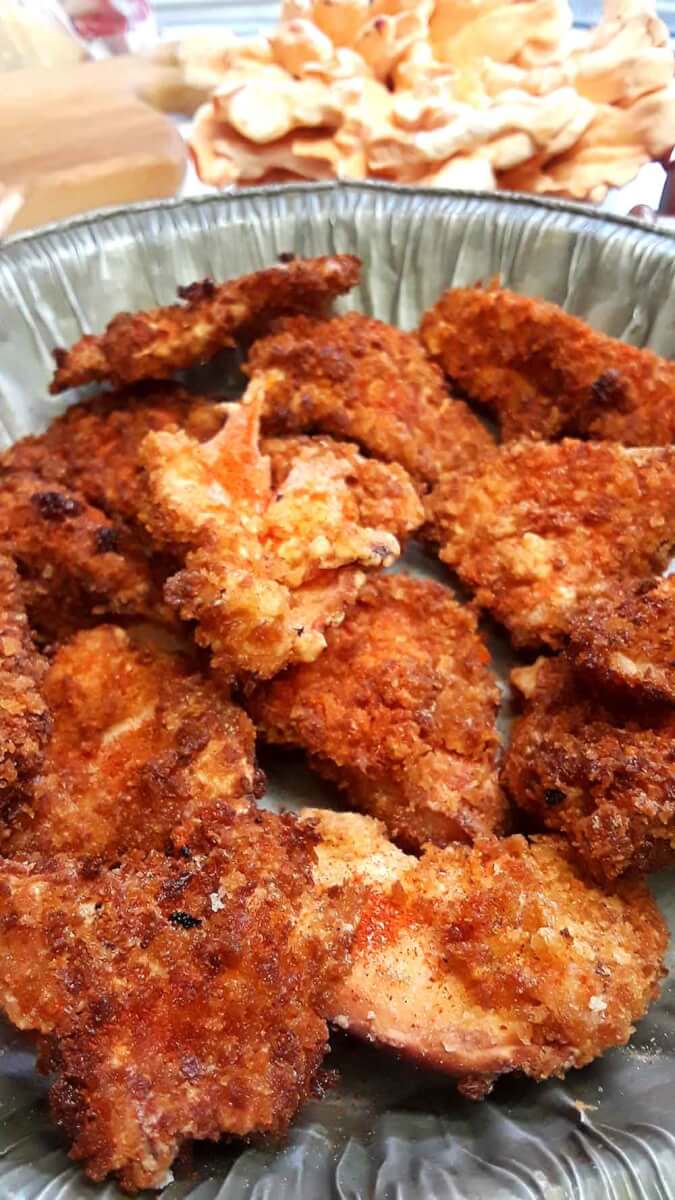
Ingredients
- Vegetable, canola, or corn oil
- 1 pound chicken of the woods (cleaned)
- 1 egg
- 1 cup of Panko bread crumbs
- Seasoning of your choice (Old Bay, Red Eyed Hog, Cajun, etc.)
Prep Steps
In a wok or cast-iron skillet, raise oil (low smoke point) to 350-degrees Fahrenheit (176.6 Celsius) using a thermometer or a bamboo chopstick to check for bubbles forming when put into oil.
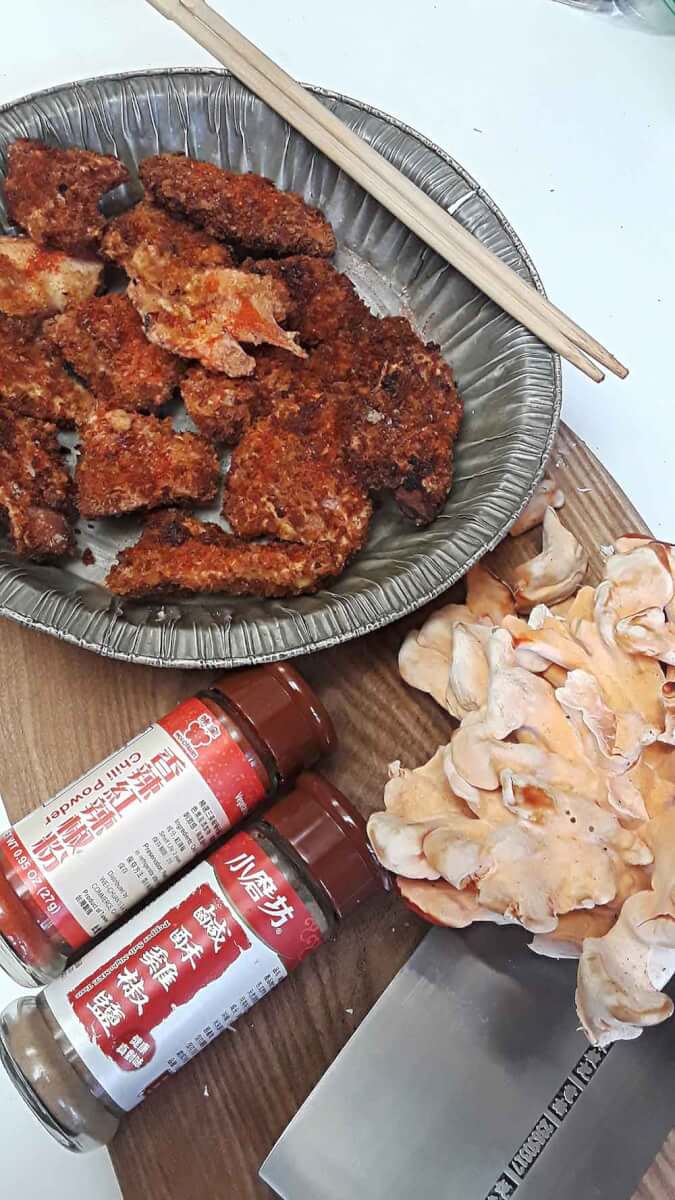
- Cut or tear chicken of the woods into desired size pieces.
- Dunk chicken of the woods into egg evenly.
- Put chicken of the woods into Panko bread crumbs coating each side evenly.
- Place the first piece at a 12 o’clock position using a slotted utensil, chopsticks, or tongs.
- Place the next piece at a 1 or 2 o’clock postion to track which order they need to be turned over and repeat the clockwise order.
- When golden brown, remove nuggets and place them on a metal cooling rack or a plate with a napkin.
- Repeat the frying process for an even crispier texture.
- Season to taste and enjoy.
SOURCES
Peterson First Guides to Trees by George A. Petrides
50 Common Edible & Useful Plants of the Southwest by David Yetman
A version of this article first appeared in the April 2022 issue of American Outdoor Guide Boundless.

